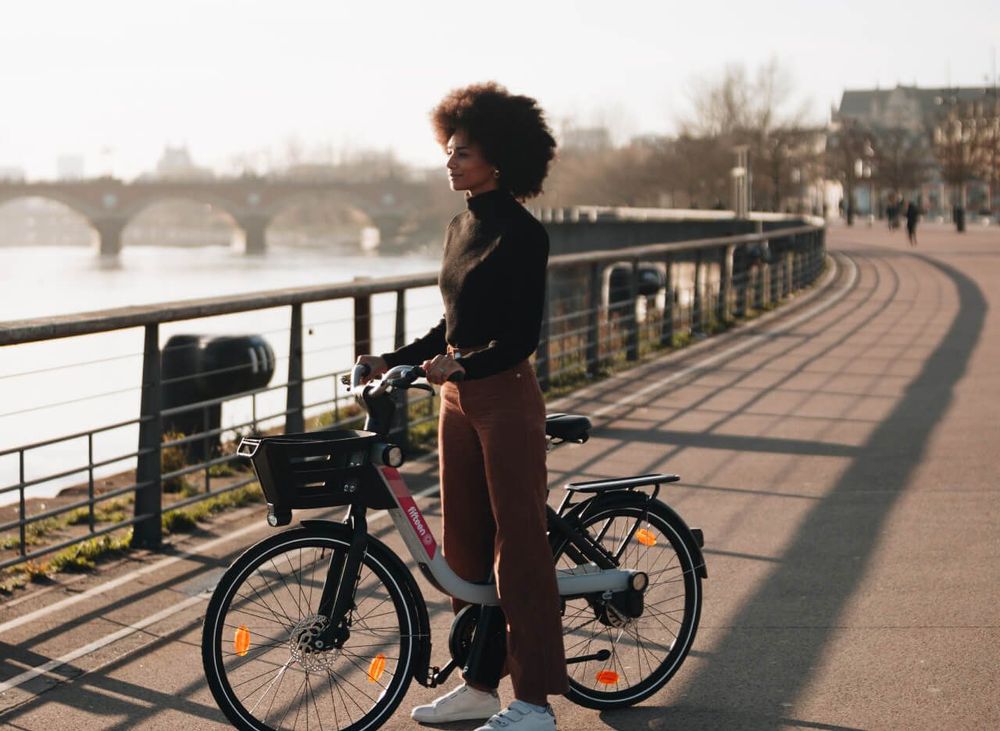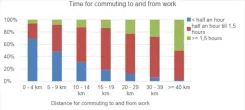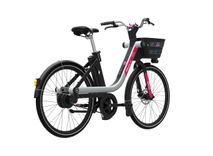Transport is the fastest growing source of fossil-fuel-produced carbon dioxide emissions (CO2), the largest contributor to climate change. Cars are also responsible for 75% of all air pollution - which causes half a million premature deaths a year in the EU.
There is hope for us. A recent study using data from 25 cities in the European Union has estimated that life expectancy could be increased by up to 22 months in the most polluted cities if we can reduce long-term particle levels to meet the World Health Organization's recommendations.
Our best chance of doing this is the wide-spread adoption of e-bikes. Here are 4 key reasons why e-bikes are the future of urban mobility.
1. Europe bets on bikes
According to the European Cyclists’ Federation (ECF), cities spent €1bn on Covid-related cycling measures in 2020, creating at least 600 miles (1,000km) of cycle lanes, traffic-calming measures and car-free streets.
Due to the continued demand for cycling post-pandemic, Paris will create 200 miles of new routes; Lisbon will double the length of theirs.
Governments’ firm backing of cycling has undoubtedly rubbed off on the population. More electric bikes were sold in Germany in 2020 than electric cars were sold in all of Europe.
The adoption of cycling across Europe has increased because of the pandemic, but we shouldn't expect everything to go back to the way it was. 2 in 3 respondents from a survey across 21 European cities said that they don’t want to return to pre-pandemic pollution levels. To ensure this, 21% said that they were planning on cycling to work more often.
Electric bikes are here to stay.
2. E-bikes replace cars
The use of electric scooters has been a trend that has swept the world in the last 5 years. It is said that 1 in 3 scooter trips replace the use of a car, which is about the same for bike-sharing (Zoov data).
Scooters are primarily used for shorter trips (>5km), so many people use scooters as opposed to walking to their destination. In this case, it’s not impossible that the use of e-scooters likely increase overall transportation emissions by drawing people away from walking, biking or taking public transit.
This is where bikes can help solve the problem. Bikes, and e-bikes in particular, are more suitable for longer journeys where walking is not a viable option. The average trip lengths for bikes and e-bikes are 7.1km and 11.4 km respectively, which suggests that e-bikes are going to be taken more often in lieu of a car.
In fact, one survey found that 28% of e-bike buyers bought the e-bike as a substitute for a car.
In cities in the US where there are bike-sharing schemes, commuting by cycling increased by an average of 20% whilst car use decreased. There is little doubt that bike sharing is helping to make our cities less congested and less polluted.
Electric bikes replace cars.
3. E-bikes are the fastest way to get around
In Copenhagen, 62% of residents bike to work, school, or university. When asked why, just under half of respondents said because it was faster. More people said this than those who cited health or environmental benefits.
On an e-bike, a cyclist can reach average speeds of about 22 kilometers per hour - 50% faster than the average 15 kilometers per hour for a standard bike. This increased speed could cut journey times by two-thirds.
The research below shows a breakdown of the distance and time it takes people in Europe to get to work.



